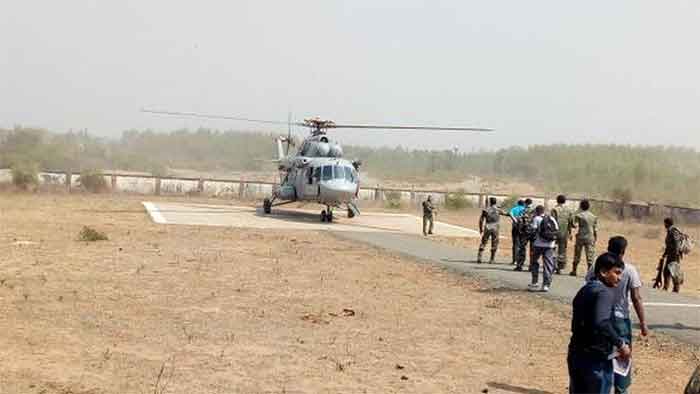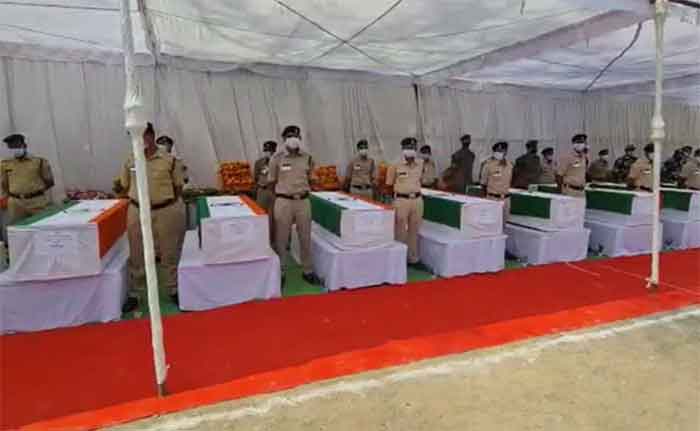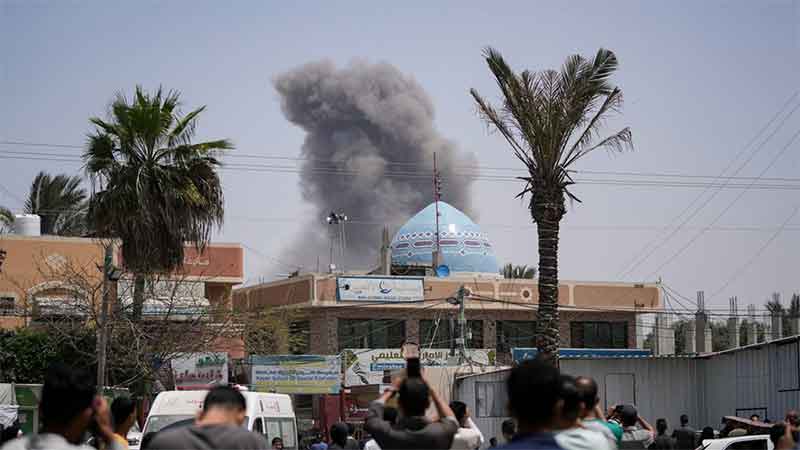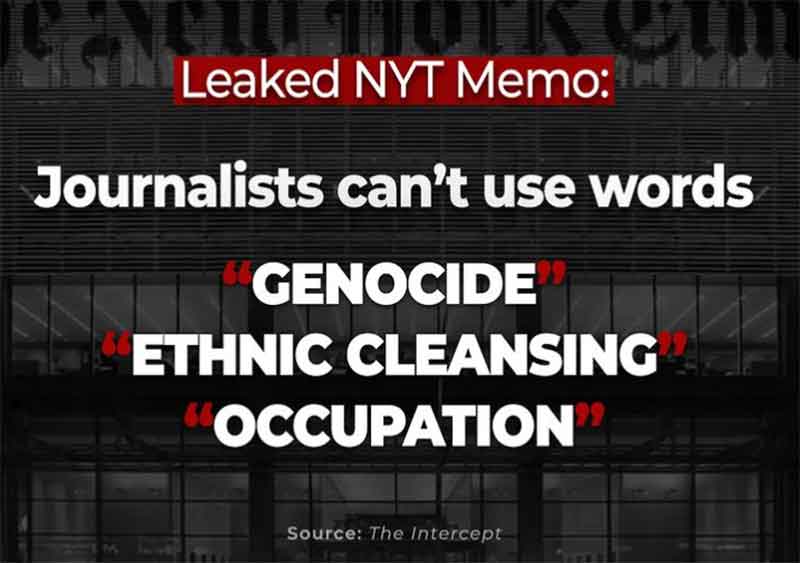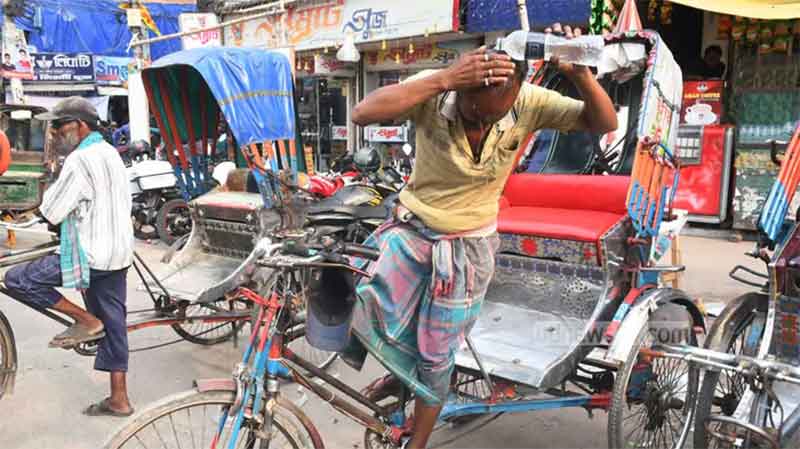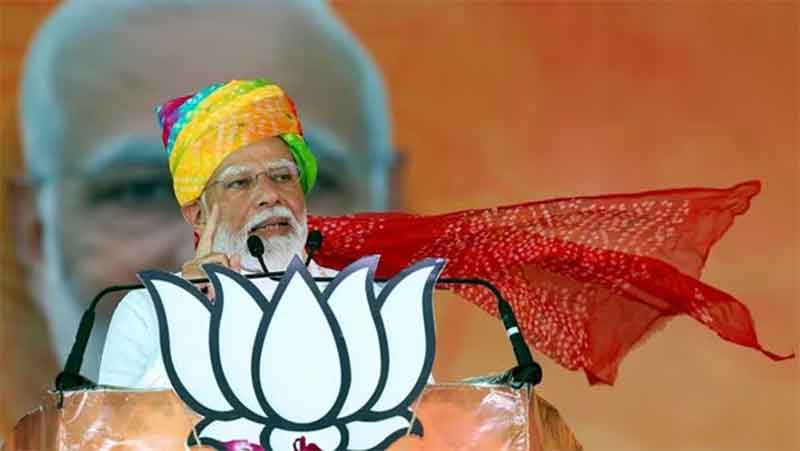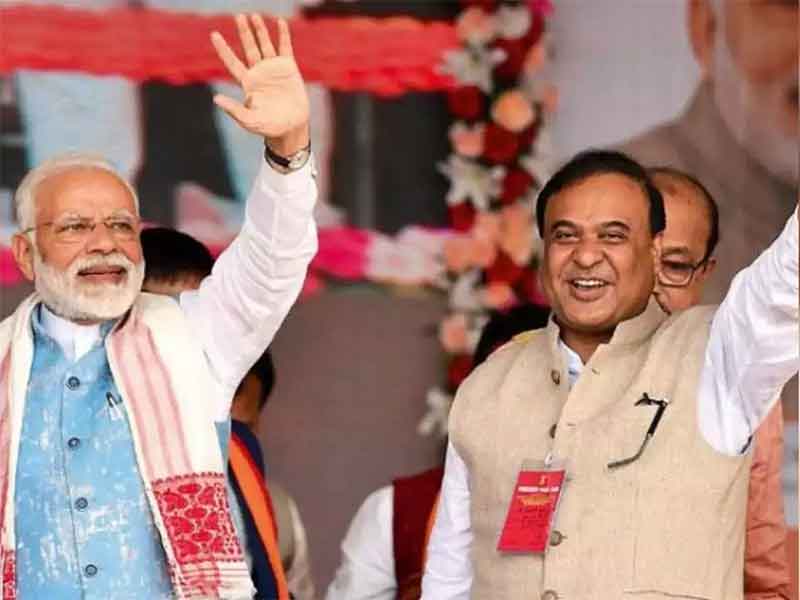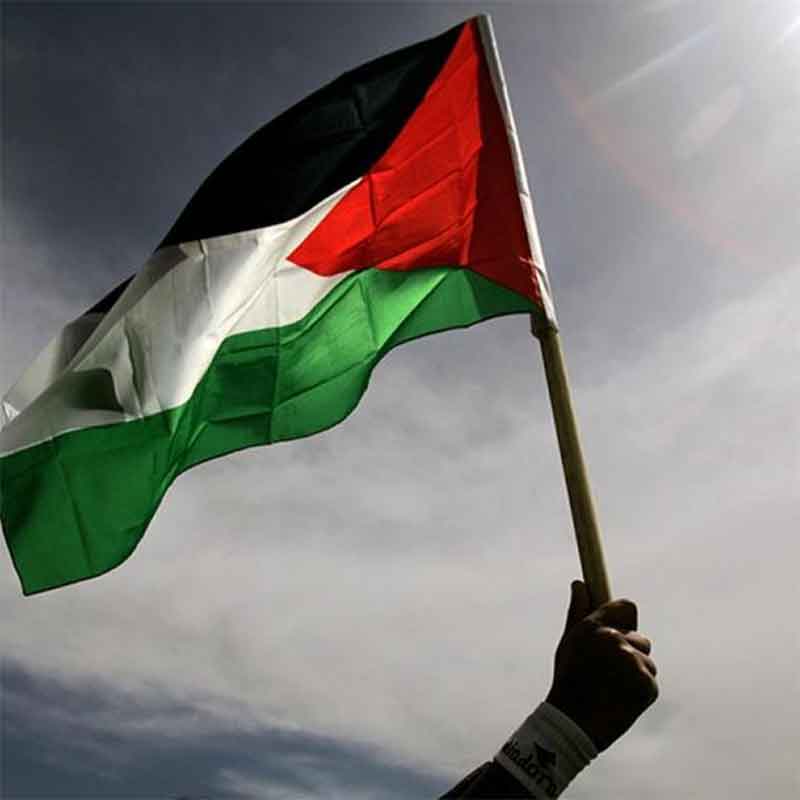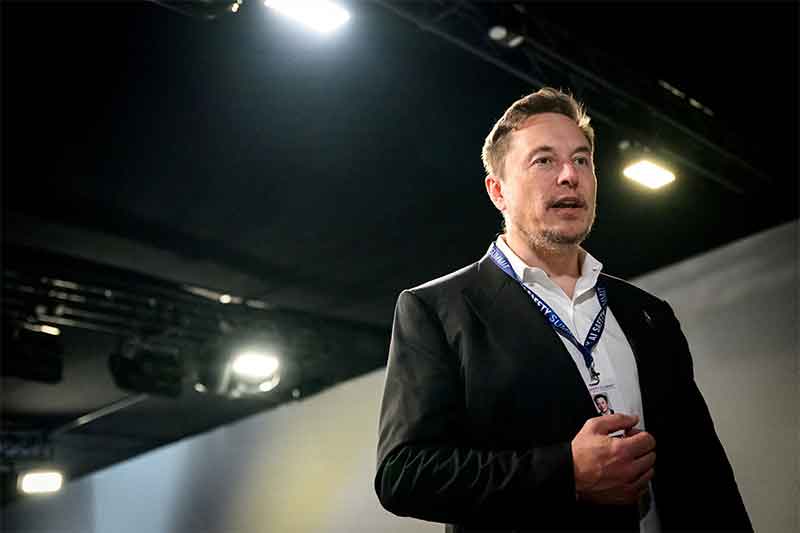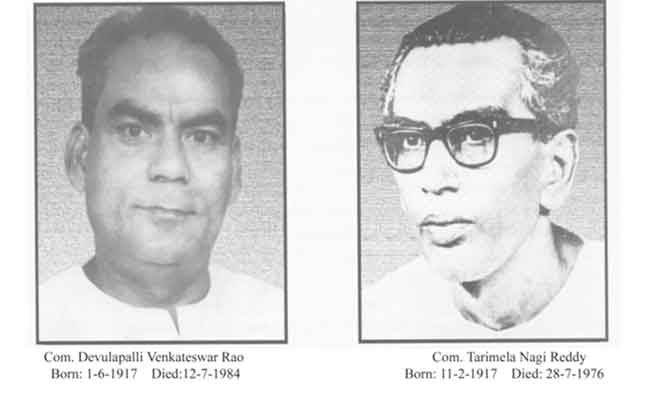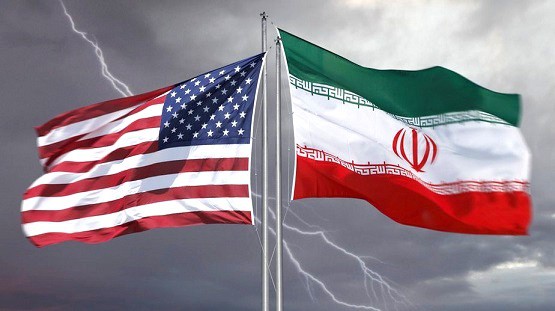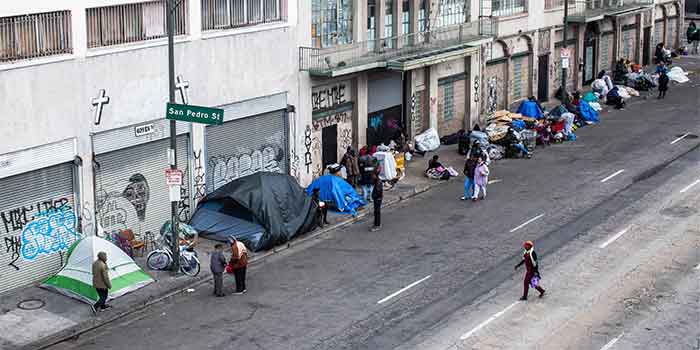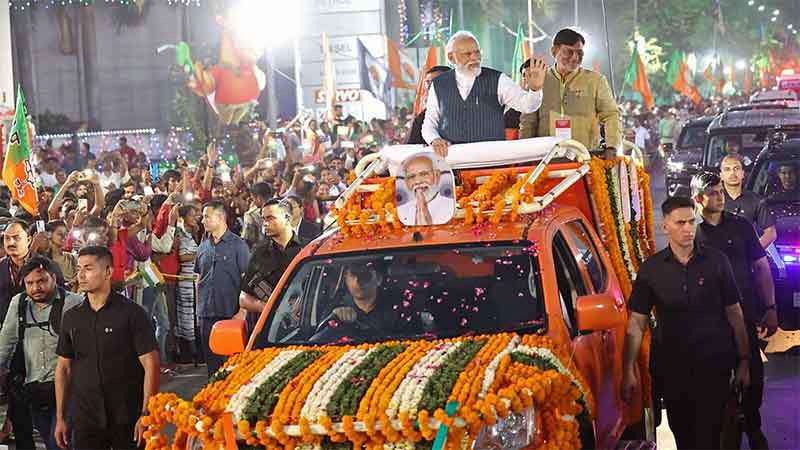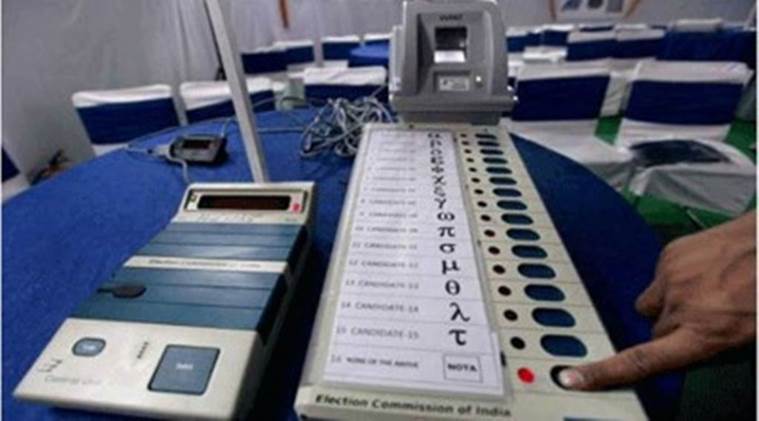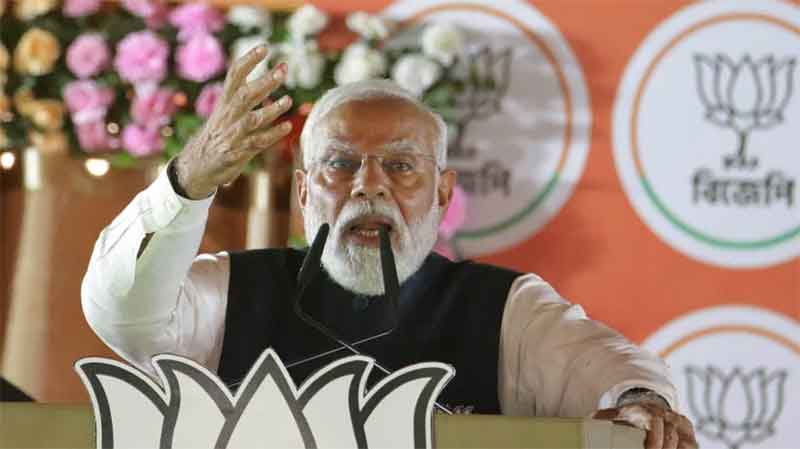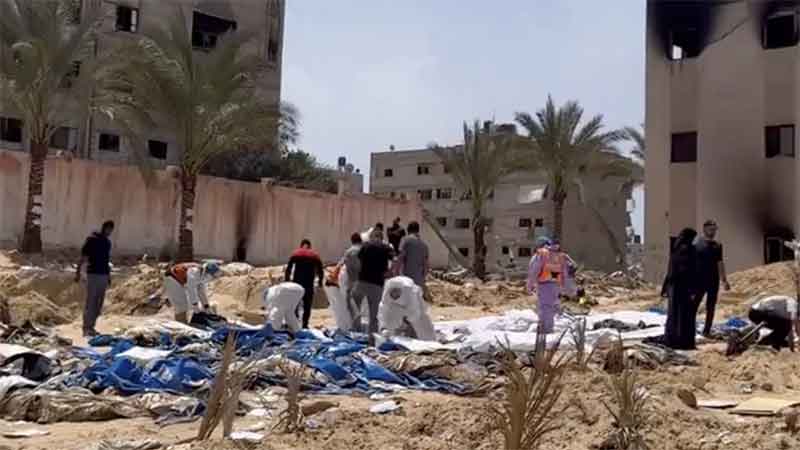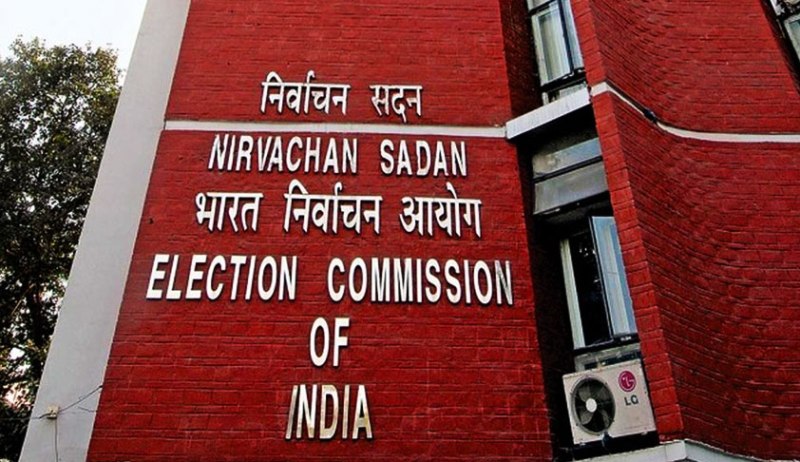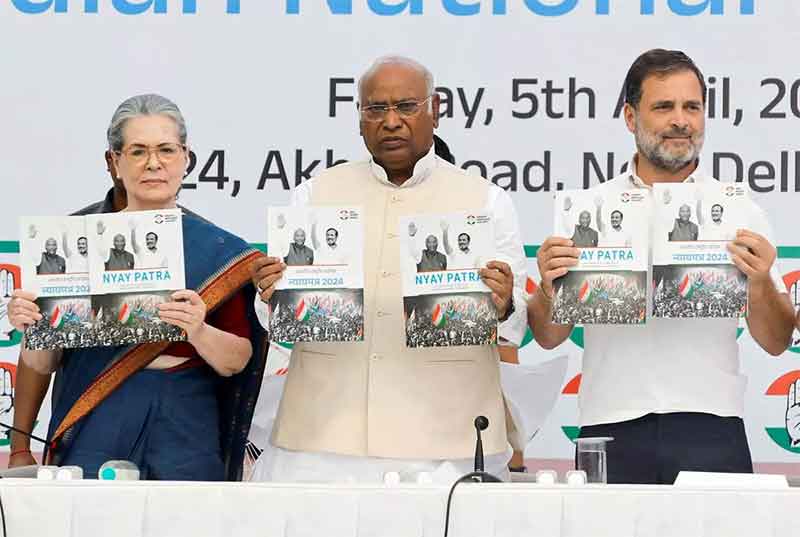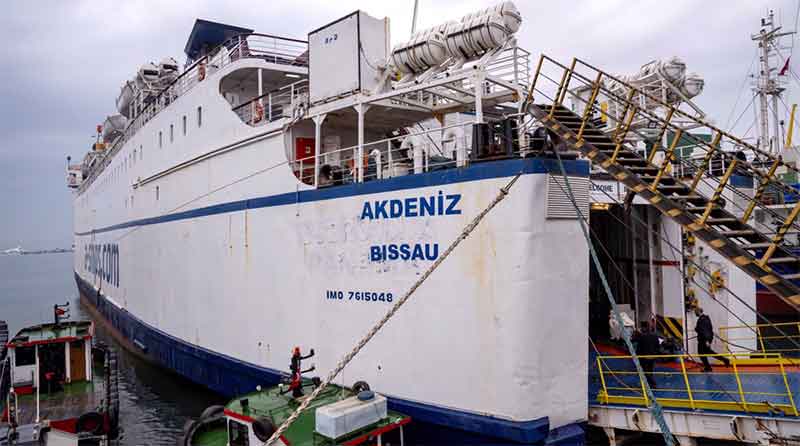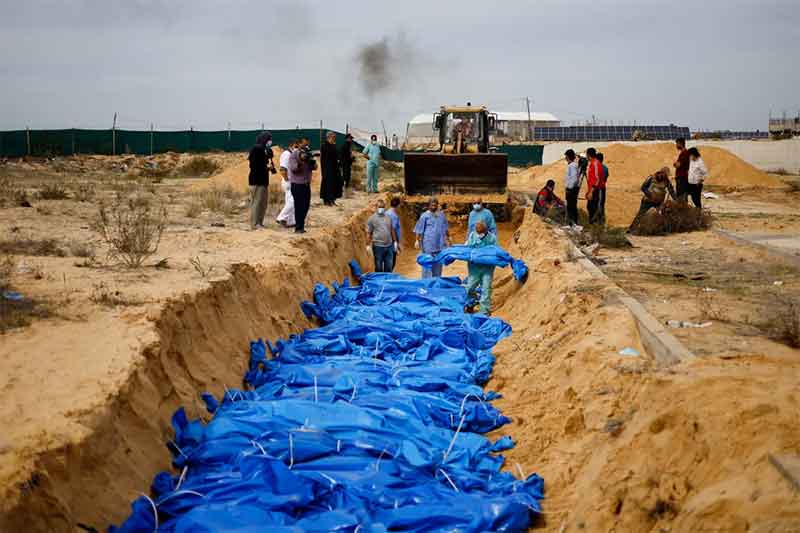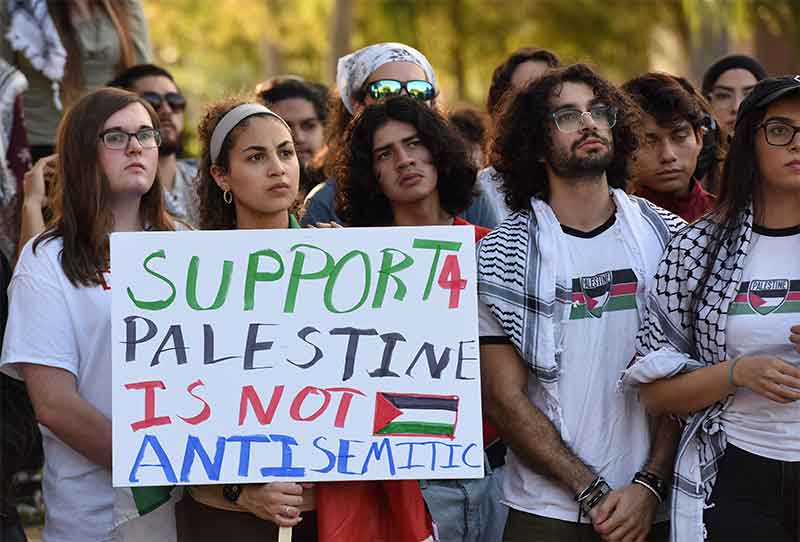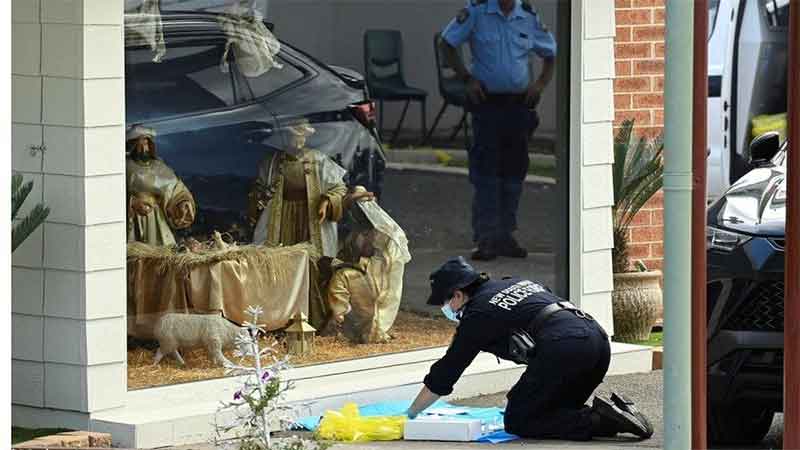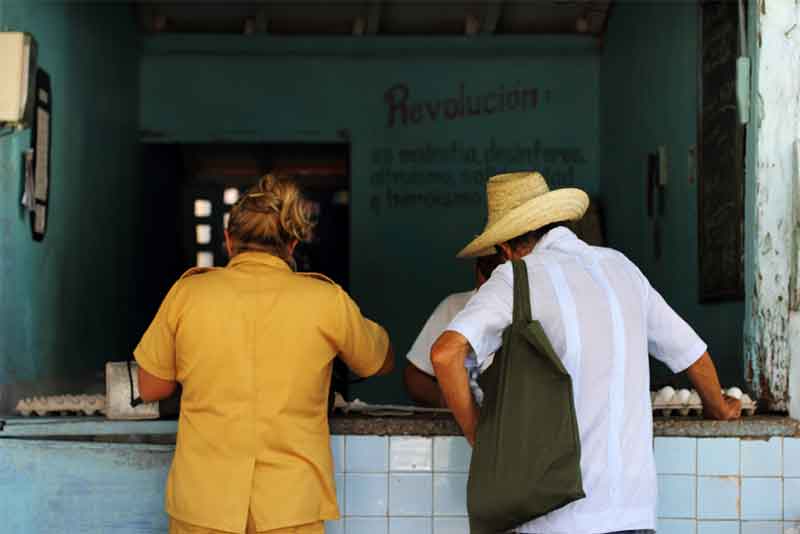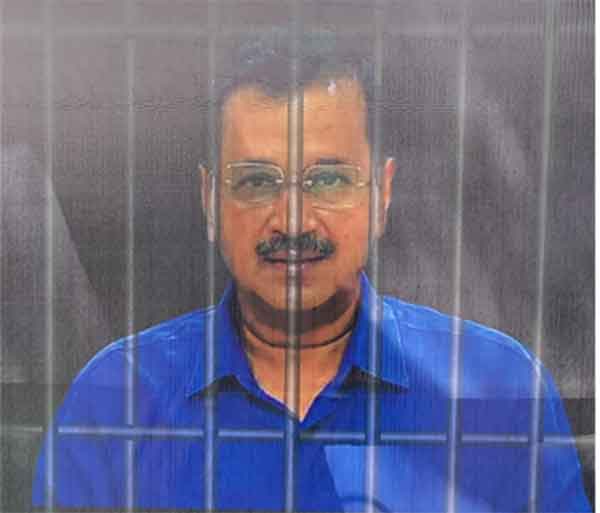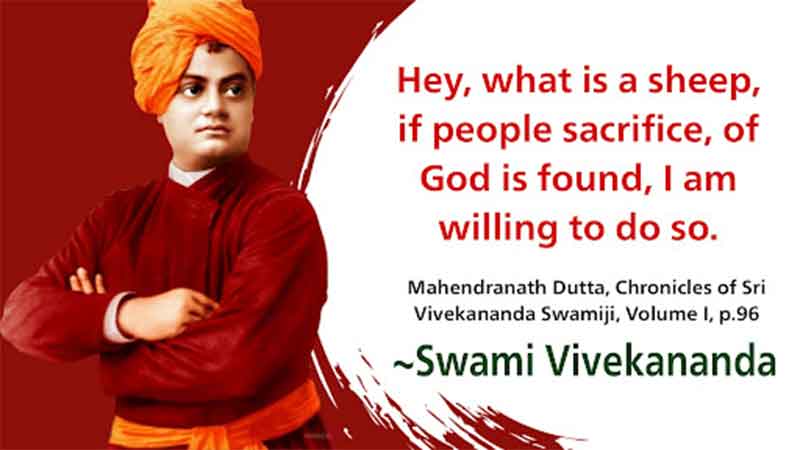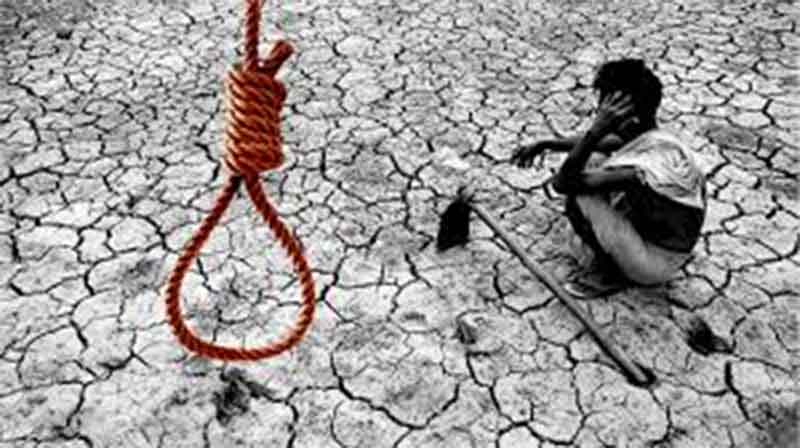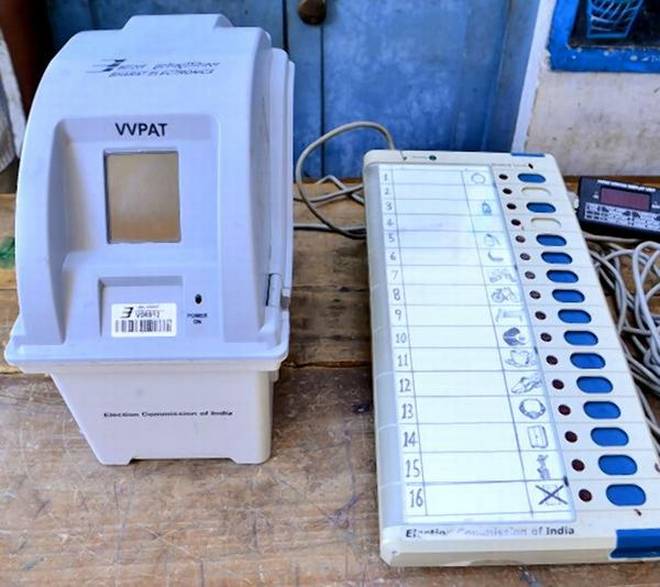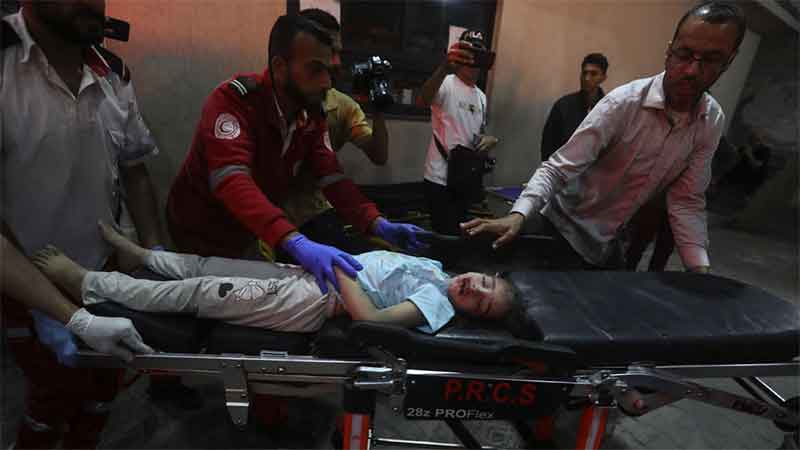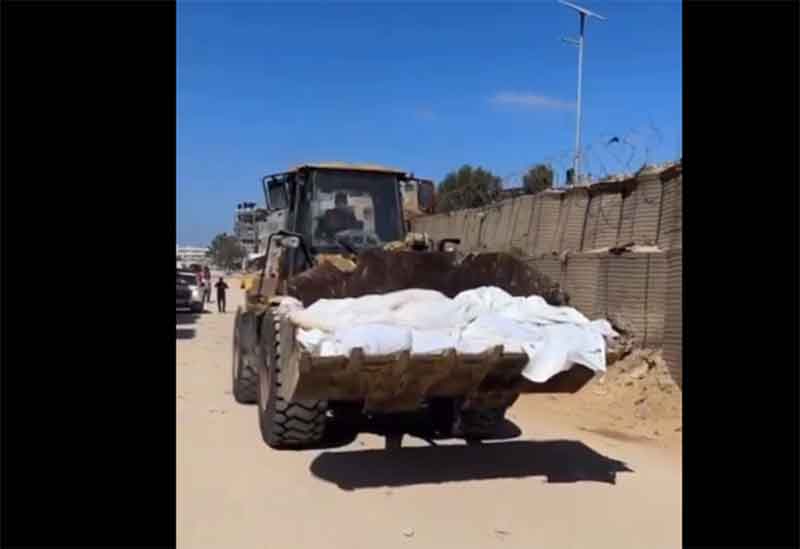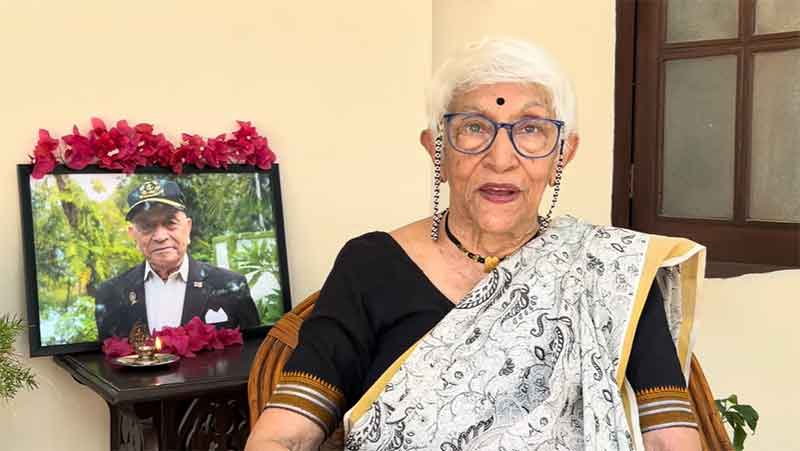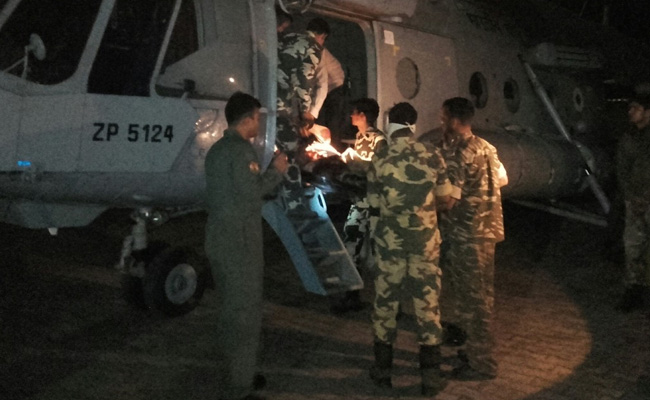
Maoists (or Naxals, according to some) ambushed a 100-strong CRPF road-opening patrol (ROP) on 24 April in Chintagufa Police Station limits of Sukma District of Chhattisgarh, killing 25 CRPF personnel and wounding six. The Maoists were reportedly around 200 in strength, and they ruthlessly continued engaging the pinned-down CRPF patrol for about one hour. The killing and wounding of CRPF personnel, causing irreparable loss not merely to their families but to the CRPF as well, is both condemnable and utterly sad. The Maoists reportedly captured some weapons, but their losses will only be known later if at all, through intelligence sources.
ROP is for “sanitizing” a route, and the most important factor here is intelligence, meaning knowledge of the terrain (including precise locations where ambush is likely) and of the movements and strengths of the opposing (in this case, Maoist) force. It is only to be expected that a ROP may be ambushed, since it is necessarily on a precise route, and only the time and strength of the ROP will not be known to the Maoists unless their intelligence is exceedingly good. To be able to lay an ambush with 200 strength speaks for the Maoists’ intelligence, counter-intelligence and training.
In this hour of loss and mourning, it is still necessary to make a few points on what is not generally known to civilians. First, what is “ambush”? It is “a surprise attack by people lying in wait in a hidden position”. It is an age-old operation conducted by armies, regular forces as well as irregular forces and militants, against other armies, regular forces and irregular forces. Indeed in all armies, patrolling is an operation of war, which is studied and for which rigorous training is imparted on how to plan and conduct patrols (field intelligence, routes, drills, procedures, briefings, etc.) including planning and laying ambushes, and also practicing drills of what members of a patrol have to do when ambushed, without commands being issued. The ruling principles in patrolling and ambushing are intelligence, surprise, stealth, speed and offensive action, with the aim of inflicting maximum damage. Patrolling is risky and difficult, and ambushing is its flip side and not “cowardly” – these are the harsh realities of armed combat. Good intelligence and rigorous training can minimize casualties among a patrol which is ambushed.
The tiger always ambushes the deer, approaching it stealthily, waiting motionless in hiding until its quarry is within striking range, and then striking with deadly speed. Every infantryman is an expert in patrolling, with real-time experience. Others even though not from the infantry, like this writer, nevertheless have the knowledge and training and even some experience. None of these would ever describe an ambush as cowardly or describe the killings as murder. Indeed the use of these words assigns a sort of victimhood to the slain and detracts from learning lessons from failures. People who use the words “cowardly” and “murder” are victims of their own rhetoric.
There is no element of terror in patrolling even though there may be fear of being ambushed. A soldier may and usually does experience fear, but he is never terrorised. In fun, late Field Marshal S.H.F.J.Manekshaw, himself a decorated soldier from the Gorkha Regiment, famously said: “If a soldier says he does not know fear, he is either a liar or a Gorkha”. Team spirit and rigorous training in field craft inculcates confidence and eliminates fear.
Second, there is confusion between the terms “terrorist” and “militant”, and hence between terrorism and militancy. All terrorists are militant, but all militants are not terrorists – a person can be militant without using firearms or weapons, only using strong language or, like boys in Kashmir, pelting stones. Of course, such militants can and often do “graduate” to using firearms and explosives. Militants strike at hard targets by all sorts of means including ambush, use of deception by disguise, concealment, etc.
Terrorists on the other hand, strike deliberately at soft targets of unsuspecting, uninvolved, innocent people. By detonating a bomb in a public place, a terrorist aims at causing maximum casualties and destroying as much property as possible. A suicide attack using an explosive belt detonated amidst a crowd is another kind of terrorist attack. Terrorist attacks are certainly cowardly, and terrorists can only and must only be put down by use of all possible forceful police and/or military means and measures. Deadly force is undoubtedly the only and unequivocal answer to terrorism. However, in dealing with militancy, force is necessary but not sufficient. Force needs to be calibrated to specific situations, along with suitable political and social action, which includes diplomacy and dialogue.
Reverting to the Maoists’ ambush of the CRPF’s ROP, the reason for the large number of casualties could be some combination of intelligence failure, inadequate training and shortfall in leadership at the higher levels of command. Only an honest inquiry will reveal the causes, and it is neither necessary nor desirable to make the reasons public, although it would be vital to implement the lessons learned at all levels. As for dealing with Maoists, it needs to be recognized that they are militants who have to be tackled with a combination of force and political-social means which can only flow out of good and honest governance.
Major General S.G. Vombatkere, VSM, retired as Additional DG Discipline & Vigilance in Army HQ AG’s Branch. With over 520 published papers in national and international journals and seminars, his area of interest is strategic and development-related issues.E-mail: <[email protected]>

